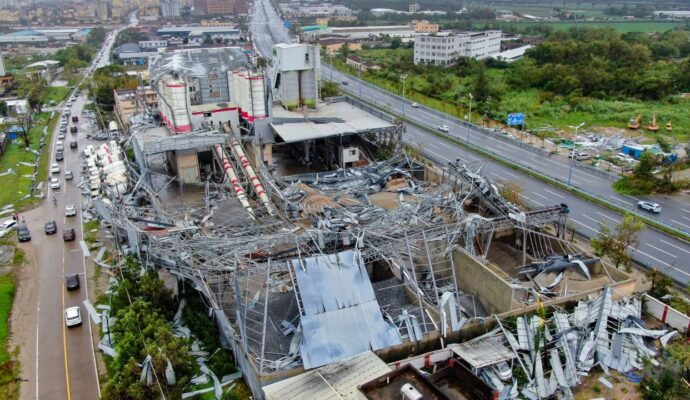China’s manufacturing PMI readings fell for five consecutive months from April last year, and despite a brief expansion in September, fell back into contraction in October.
A reading higher than 50 suggests manufacturing is expanding, while a figure below 50 indicates contraction.
Sentiment among manufacturers has dampened amid lukewarm demand, while the property sector – an economic pillar that spans numerous industries – remains in doldrums.
A protracted local government debt crisis and external complexities, including waning overseas orders, have also added to the headwinds.
China’s rose-tinted growth scrutinised through jaundiced eyes of wary foreigners
China’s rose-tinted growth scrutinised through jaundiced eyes of wary foreigners
Within the manufacturing PMI, January’s new export orders subindex – which reflects external demand – increased by 1.4 percentage points from the previous month, showing internal and external demand had improved.
The production subindex stood at 51.3 in January, representing an increase of 1.1 percentage points from the previous month, indicating that sentiment in the manufacturing sector had improved.
The new orders subindex stood at 49, an increase of 0.3 percentage points from the previous month, indicating demand for the manufacturing sector also improved slightly.
The manufacturing survey showed that more than 70 per cent of large manufacturers had a capacity utilisation rate of 80 per cent or more, and were releasing production capacity quickly.
The PMI for medium-sized enterprises stood at 48.9, an increase of 0.2 percentage points from December, showing a slight improvement in their business performance.
The PMI for small enterprises was 47.2, a decrease of 0.1 percentage points from the previous month, indicating a low level of prosperity.
I expect the People’s Bank of China to cut rates in the second half of the year to boost domestic demand
“China’s manufacturing PMI edged higher, but stayed below 50. Economic momentum remained muted as the deflationary pressure persists. While the fiscal policy stance turned more proactive late last year, the transmission to the economy has been slow,” said Zhang Zhiwei, president and chief economist at Pinpoint Asset Management.
“Fiscal spending has not picked up significantly, which may reflect the lack of suitable infrastructure projects.
“Meanwhile, the government is unwilling to boost consumption through fiscal subsidies. The real interest rate is too high, which discourages private investment. I expect the People’s Bank of China to cut rates in the second half of the year to boost domestic demand.”
Meanwhile, the non-manufacturing PMI – an indicator of services activity – continued to improve in January, climbing to 50.7 from 50.4 in December.


